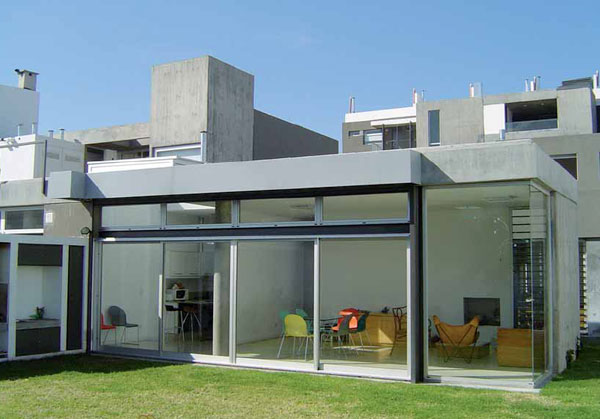Infiltration Tactics in Latin America
Large-scale planning, centralized command, and dissolution of the distinction between architectural planning and urban planning—these were once considered powerful ideas, were ingredients of housing development in the nineteen-seventies when the notion of reforming people’s lives through architecture had grown to incredible proportions. Big budgets, centralized decisions, and unlimited power for those at the drawing boards have allowed the demolition of existing cities, erasing both history and communal bonds, erasing the botanical, archaeological, and social footprints to instead create a flat and neutral surface—the tabula rasa— forming the point of departure for a “new” city, the technological and rational dream of the modern city. Following the initial years of occupation, this dream became a nightmare: the ghetto of social isolation, the island of sleeping neighborhoods with no street life and, in many cases, with no streets at all. In absence of both social life and a sense of belonging, lacking a sense of place identity, the “conjuntos habitacionales,” or “projects,” became the place from which to escape.
In Buenos Aires, the optimistic 1,400 units built by Staff (Bielus – Goldemberg – Krasuk) in Villa Soldati in 1972 became known as “Fuerte Apache” in reference to the lawless frontier it represented, and to the fact that police could enter only after concentrating an assault unit three-hundred-men strong. A full section was completely demolished by the governor of the Province of Buenos Aires after accepting that it had drifted completely out of control. Enclosed, isolated, disinherited from the public city, the dwellers of the conjuntos habitacionales were likewise deprived of a sense of belonging and became victims of crime gangs. Confined to these distant ghettos, they were also forced to travel more hours, either to their workplaces or to the public services in the real city. ...
Fernando Diez
for entire text see catalogue
 |
| Abb. 1 Edificio Urbanverde, Buenos Aires; Berdichevsky/Sánchez Gómez; Foto: © Julian Berdichevsky |
 |
| Abb. 2 Kinderschlafzimmer in einem bestehenden Haus in Boulonge sur Mer, Buenos Aires; A77 (Gustavo Diéguez und Lucas Gilardi); Foto: © Andrea Arrighi |

